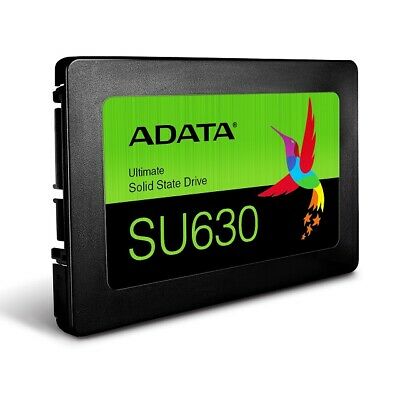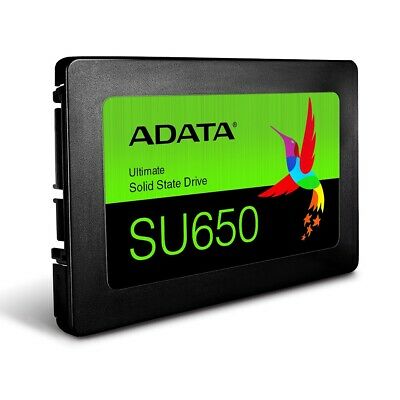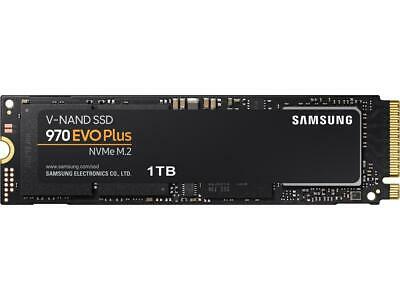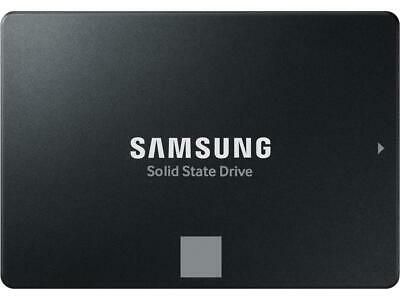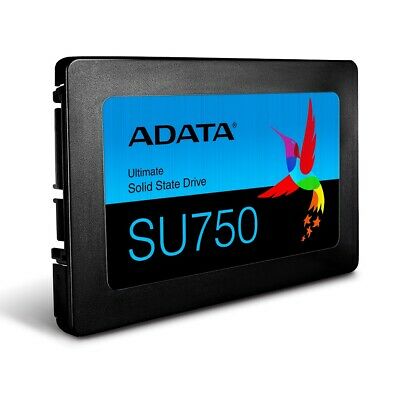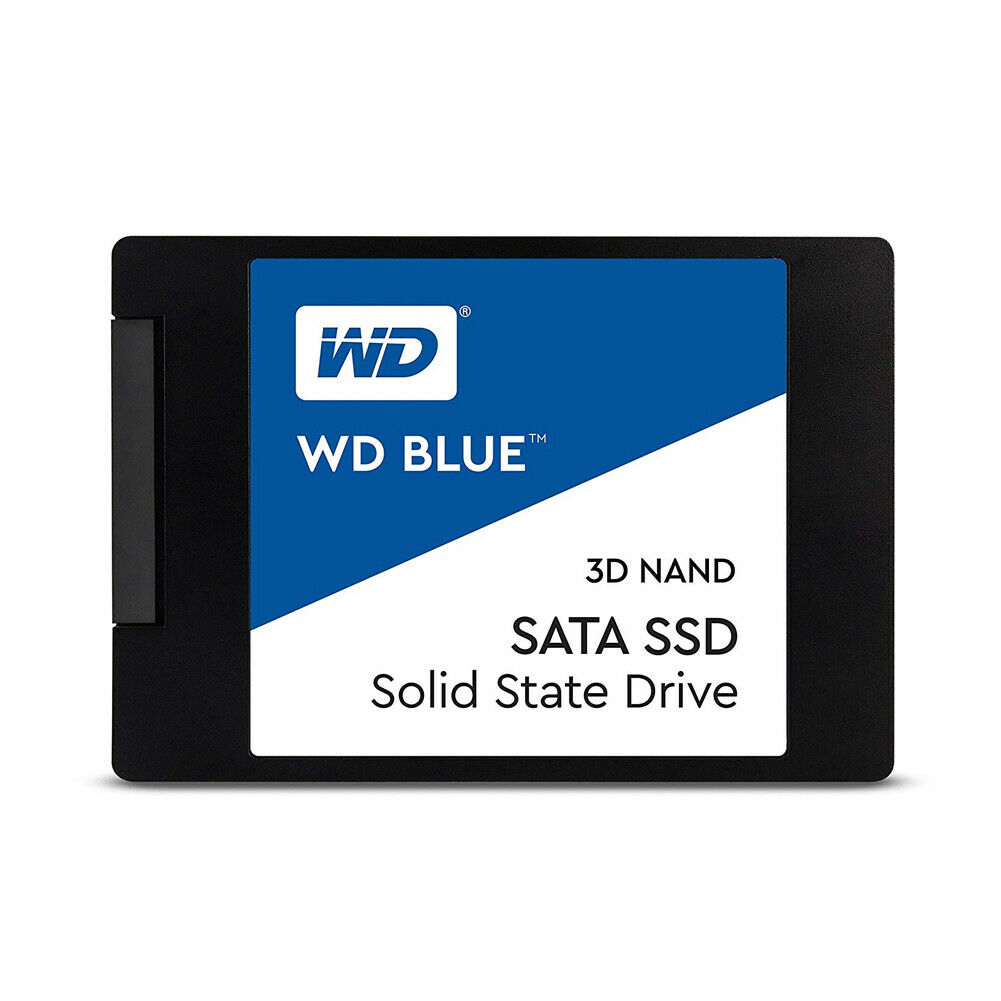-40%
Samsung 980 PRO 1TB SSD PCIe 4.0 x 4 M.2 2280 Internal Gaming Solid State Drive
$ 110.85
- Description
- Size Guide
Description
SAMSUNG 980 PRO 1TB PCIe NVMe Gen4 Internal Gaming SSD M.2 (MZ-V8P1T0B)🚀 🚀 🚀 🚀 FREE Fast 2-Day FedEx Express 🚀 🚀 🚀 🚀
🚀 🚀 🚀 🚀 FREE Fast 2-Day FedEx Express 🚀 🚀 🚀 🚀
🚀 🚀 🚀 🚀 FREE Fast 2-Day FedEx Express 🚀 🚀 🚀 🚀
Please check your device compatibility before buying
No return or exchange if sealed retail package open.
From the manufacturer
Next-level SSD Performance
Unleash the power of the Samsung 980 PRO PCIe 4.0 NVMe SSD for next-level computing. 980 PRO delivers 2x the data transfer rate of PCIe 3.0*, while maintaining compatibility with PCIe 3.0.
The NVM Express design mark is a registered TM of NVM Express, Inc.
*Results are based on a comparison with Samsung PCIe 3.0 NVMe SSDs and SATA SSDs.
Maximum Speed
Get read speeds up to 7,000 MB/s
¹
with 980 PRO and push the limits of what SSDs can do. Powered by a new Elpsis controller designed to harmonize the flash memory components and the interface for superior speed – with a PCIe 4.0
²
interface that’s 2x faster than PCIe 3.0 SSDs
³
and 12x faster than Samsung SATA SSDs
⁴
– every component of this NVMe SSD is manufactured by Samsung for performance that lasts
About this item
NEXT-LEVEL SSD PERFORMANCE: Unleash the power of Samsung 980 PRO PCIe 4.0 NVMe SSD for next-level computing
MAXIMUM SPEED: 980 PRO is raising the bar for NVMe SSDs, delivering read speeds up to 7,000 MB/s
A WINNING COMBINATION: Designed for hardcore gamers and tech-savvy users, the 980 PRO offers high-performance bandwidth and throughput for heavy-duty applications in gaming, graphics, data analytics, and more
EFFICIENT M.2 SSD: The 980 PRO comes in a compact M.2 2280 form factor, thus optimizing power efficiency, making it ideal for building high-performance computing systems
RELIABLE THERMAL CONTROL: To ensure stable performance, the 980 PRO uses nickel coating to help manage the controller's heat level and a heat spreader label to deliver effective thermal control of the NAND chip





